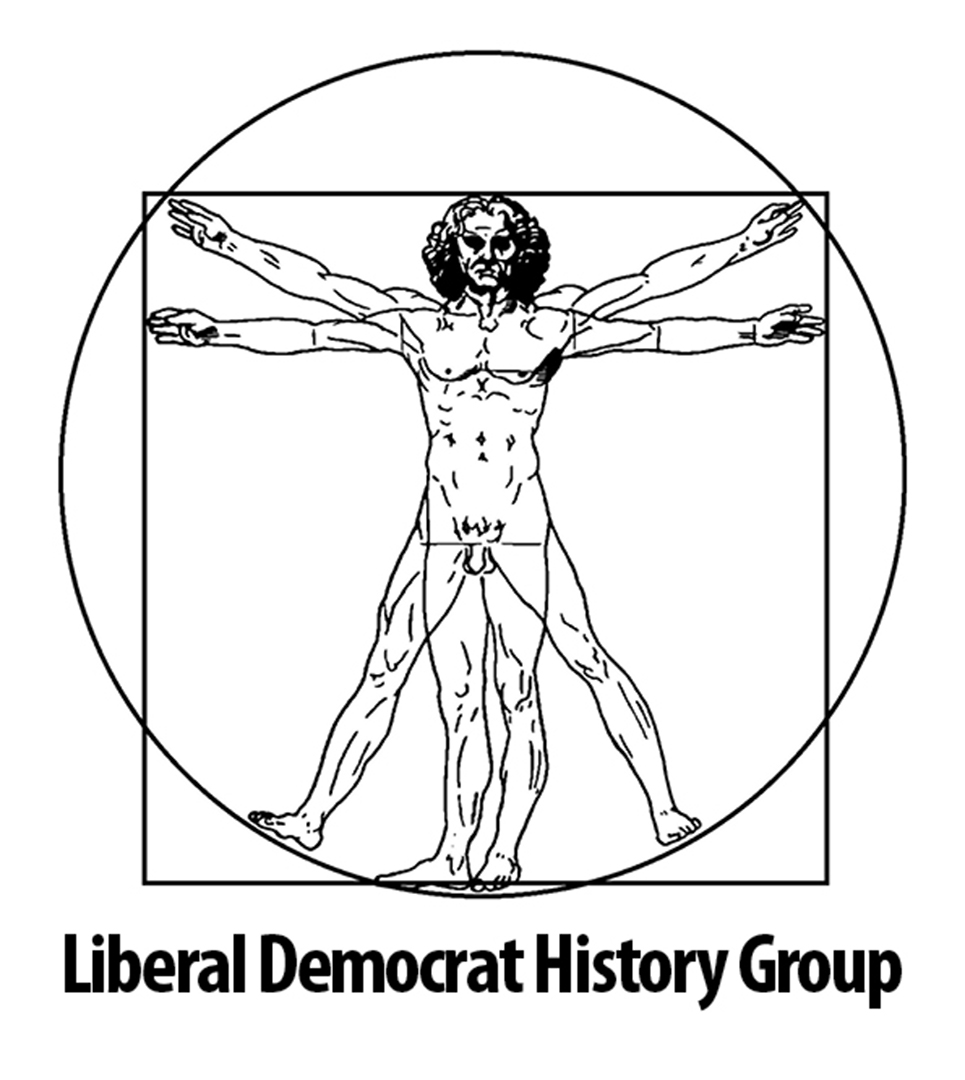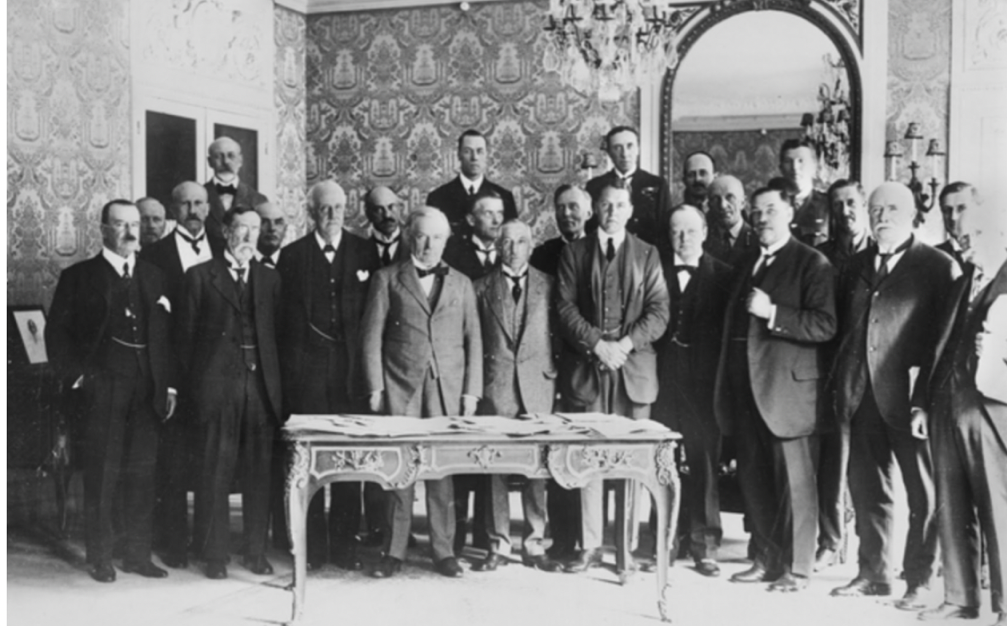Themes: Elections
Blissful Dawn? The 1906 Election
On 7 February 1906, the counting of votes was completed in the 1906 general election, and the Liberal Party had obtained a majority of 132 over all other parties. In addition, for the first time, 29 Labour MPs were elected and shortly afterwards the Parliamentary Labour Party was founded. To mark this anniversary, the Corporation…
1974 Remembered
The two elections of 1974 formed a peak of the second post-war Liberal revival, giving the party six million votes but no more than fourteen MPs. Participants in the campaigns – including Tim Beaumont, Viv Bingham, Adrian Slade, Sir Cyril Smith, Paul Tyler MP and Richard Wainwright – shared their recollections of the elections.
Election 2010 in historical perspective
The 2010 election must rank as one of the strangest in the history of the Liberal Democrats or its predecessor parties. Britains first-ever television debates saw the party catapulted into the front rank of news coverage. Yet after successive opinion polls regularly showed the Lib Dems in at least second place, the result was a…
A torrent of gin and beer: the election defeat in 1874
In January 1874, the Prime Minister, William Ewart Gladstone, approached Queen Victoria to dissolve parliament, surprising both the opposition and his own party. In his election manifesto, Gladstone promised to reduce local taxes, to cut taxes on consumer products and to repeal the income tax. When the campaign was over, the Liberal landslide of 1868…
1906 Election
In the General Election of January 1906 the Liberals swept to victory in a landslide result, which saw the party win 400 seats. Conservative strongholds such as Bath and Exeter were conquered as Liberal leader, Henry Campbell Bannerman capitalised on the unpopularity of the previous Tory administration, which had been replaced by his new Liberal…
The 1918 ‘coupon’ general election
Just 24 hours after the Armistice had been signed with Germany, Lloyd George announced his decision to hold an election in alliance with his Coalition partners and Parliament was accordingly dissolved on 14 November 1918. The ensuing contest shattered the Liberal Party by formalising wartime divisions and providing a clear distinction between those Liberals who…
The 1923 general election
The 1923 election was sparked in October of that year, when the Conservative Prime Minister Stanley Baldwin announced that his government would be seeking a mandate to introduce tariff protection, in order to tackle growing levels of unemployment.
The 1924 general election
In contrast to the contest of 1923, the General Election of 29 October 1924 was an unmitigated disaster for the Liberals and the Party's parliamentary strength was reduced to just 40 MPs. A number of leading Liberal figures failed to emerge victorious from the contest, including the Party's leader, Herbert Henry Asquith, who lost the…
The 1929 general election
The election of May 1929 took place against a backdrop of economic depression, as the Conservative government struggled to stem a growing tide of unemployment in the aftermath of the First World War.
The 1931 general election
The National Government was formed in August 1931, following the failure of Ramsay Macdonald's minority Labour administration to deal with the mounting unemployment that was paralysing Britain. The Conservatives had been pressing for the adoption of protection throughout the proceeding period and the public were becoming increasingly frustrated by the apparent ineffectiveness of the free…

